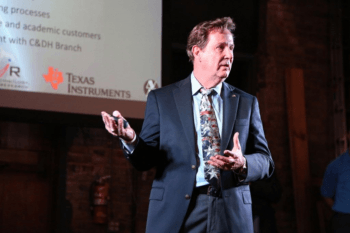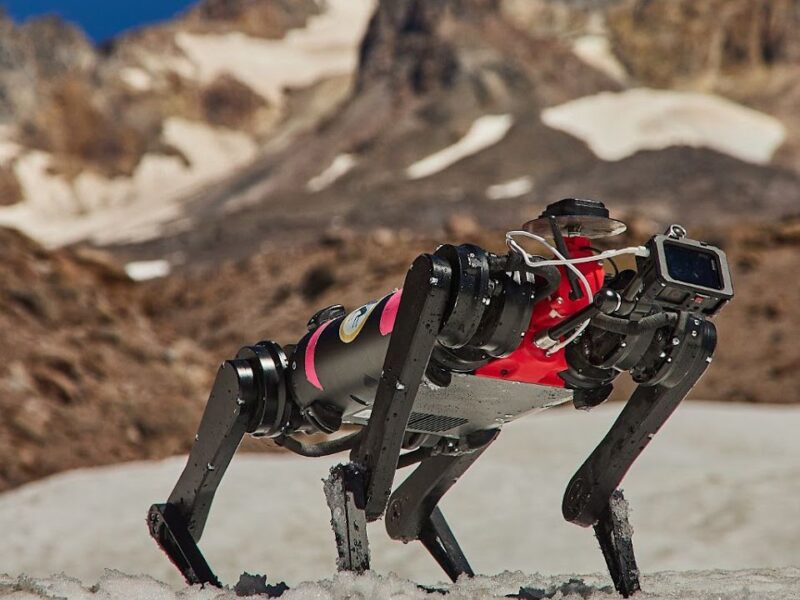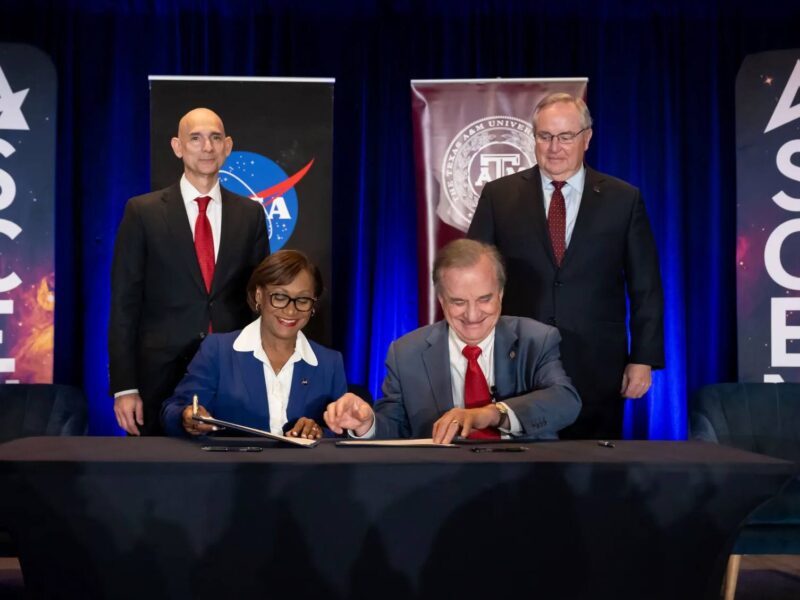Getting Hands-On Experience With Space Technology

Students completing a Capstone course in Electronic Systems Engineering Technology (ESET) at Texas A&M University are getting valuable hands-on experience solving real problems in the space industry thanks to a new collaboration between ESET, NASA, Texas Instruments and Texas Space Technologies, Applications and Research (TSTAR). The new collaboration was announced during a Software Developer’s Cartel event.
The end result will be the development, procurement and distribution of the Modular Integrated Stackable Layer (MISL) architecture — a series of space-qualified, rack-and-stack embedded system Printed Circuit Boards (PCB)s — that will benefit a variety of industries, from aerospace to oil and gas to biomedical.
Development of the collaboration began when the NASA Control and DATA Handling (C&DH) Branch learned of an ESET Capstone project to develop a power system monitoring capability for NASA’s deep space habitat at Johnson Space Center.
Paul Delaune at NASA contacted Dr. Joseph Morgan, professor and director of Mobile Integrated Solutions Laboratory at Texas A&M, about their interest in working together to develop a “layer” concept for rapid prototyping and product development.
By accepting, ESET took on three primary responsibilities: the undergraduate Capstone students would co-develop new layers for the stackable architecture; they would learn and use the technology; and ESET would establish and maintain a wiki-based, open environment so all parties would have access to designs and supporting software.
Texas Instruments got involved to help commercialize the technology. By providing a gift to ESET, the students will be able to purchase a large number of boards, reducing the cost for the customer from thousands of dollars to hundreds.
“Stackable layer architecture is a way to rapidly build your embedded intelligence system by truly just plugging in one layer to another,” Morgan said. “Unlike most other implementations of this architecture, the MISL architecture has two different high capacity connectors — one for power and one for data.”
Morgan said it is the only architecture that allows the use of a large number of microcontrollers, and is the only one that has been space-qualified by NASA.
“These factors make the MISL architecture a no-brainer choice by product and systems developers in the aerospace, automotive, oil and gas, medical, communications and other industry segments requiring operations in hazardous environments,” he said.
This article by Kim Foli originally appeared on the Texas A&M College of Engineering website.





